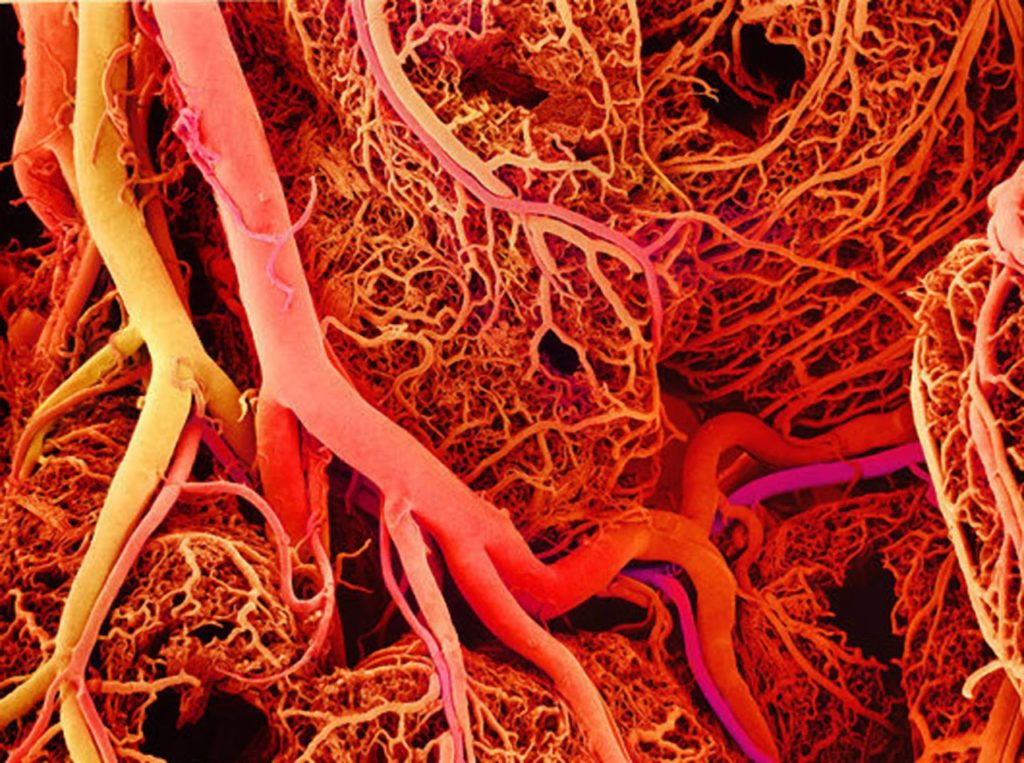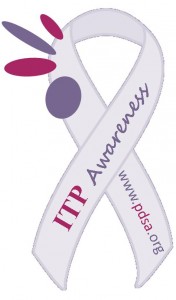Introduction
Von Willebrand disease is the most common inherited bleeding disorder.
People with Von Willebrand disease (VWD) either have a deficiency of a blood protein called Von Willebrand factor, or this protein doesn’t work properly. This means that their blood cannot clot properly and they are prone to prolonged or excessive bleeding.
Von Willebrand factor acts like a glue which allows platelets (a type of blood cell) to stick together and to plug up damaged blood vessels. It also carries and protects another clotting factor called FVIII (factor 8).
Signs and symptoms
VWD can cause problems at any time from birth, but for many people the symptoms are so mild that they may never know they have it.
It’s estimated that around 1% of the UK population have reduced levels of Von Willebrand factor, but only a small minority have symptoms that might require medical attention.
Symptoms of VWD can include:
bruising easily
bleeding from the gums, nose and lining of the gut
prolonged bleeding from cuts
excessive bleeding after tooth extraction or surgery
in women, heavy periods
With treatment, even people with more severe symptoms can go on to lead normal and active lives.
What causes VWD?
VWD is usually caused by a fault in the gene responsible for the production of Von Willebrand factor. This genetic fault can be passed on to a child by one or both of their parents.
There are four different types of VWD. The condition is classified according to the amount and function of the Von Willebrand factor in the blood.
The main types are:
Type 1 – The mildest and most common type. People with type 1 VWD have a reduced level of Von Willebrand factor in their blood. Symptoms might be so mild they never know they have VWD. They don’t usually bleed spontaneously, but can bleed significantly if they have surgery, injure themselves or have a tooth removed.
Type 2 – In this type, which can itself be divided into four further subtypes, the Von Willebrand factor doesn’t work properly. The symptoms of type 2 VWD are often more severe than type 1, but milder than type 3.
Type 3 – People with this rare type have very low levels of Von Willebrand factor in their blood, or none at all. This causes problems similar to haemophilia. Bleeding from the mouth, nose and bowel from an early age is typical, and joint and muscle bleeds can occur after injury.
Pseudo, or platelet type – this is similar to type 2, but instead of the abnormality occurring in the Von Willebrand factor, it occurs in the platelets.
Types 1, 2 and pseudo-VWD are often passed on through “autosomal dominant inheritance”. This means that only one parent has to pass a copy of the faulty gene to their child for them to develop the condition.
Type 3 VWD is passed on through “autosomal recessive inheritance”. This means the child needs to inherit a copy of the faulty gene from both parents. In such cases, the parents may have no symptoms themselves because they may have only inherited a copy of the faulty gene from one of their own parents, rather than both.
Read more about genetic inheritance.
Diagnosing VWD
The symptoms of VWD can be mild and this can mean it is sometimes difficult to diagnose.
If a doctor suspects you may have VWD, you should be referred to a haematologist (a specialist in diagnosing and treating blood disorders) for tests and any necessary treatment.
A blood test can usually be carried out to diagnose the condition, although this may occasionally have to be repeated because levels of Von Willebrand factor can vary over time. You will also be asked about your family history to check if any other members of the family have a bleeding disorder.
Managing VWD
Mild VWD might not need any treatment, and you may be able to manage the condition by taking special precautions and making a few lifestyle changes.
Otherwise, three main treatments are available to either prevent or treat bleeding:
desmopressin – available as a nasal spray or injection
tranexamic acid – available as tablets, a mouthwash or an injection
Von Willebrand factor concentrate – this is purified from human plasma (from donated blood) and is given directly into a vein
Your doctor will explain which medication is suitable for you and when you should take it.
Your doctor will often recommend a “test dose” of desmopressin to check that it works well. Common side effects include facial flushing, palpitations, changes in blood pressure, and sometimes a mild headache. It can also cause fluid retention for up to 24 hours after it is taken, so your doctor will ask you to restrict the amount of fluid you drink after treatment.
Some advice on the use of these medications is given below, along with general lifestyle changes you can make.
General advice
Most people with VWD have the mildest type, type 1, and may not even realise they have it. They can live normal and active lives and take part in most sports and activities.
In more severe cases, contact sports may need to be avoided. Protective equipment should also be worn for certain activities where there is a risk of bleeding or bruising.
If someone with VWD has an accident or is scheduled for surgery, it is important that the doctor or surgeon is aware the person has the condition.
Due to the risk of excessive bleeding, boys at risk of VWD should not be circumcised without first speaking to a doctor.
Managing heavy periods
Girls and women with VWD who have heavy periods might want to carry extra pads or even a change of clothes in case of excessive bleeding.
They should get advice from their GP or gynaecologist about options to control their bleeding, these include:
tranexamic acid tablets
a desmopressin nasal spray
in severe cases, Von Willebrand factor concentrate
Read more about treating heavy periods.
Managing nosebleeds and other injuries
If bleeding does occur, applying pressure to the area may be all that’s needed. For example, someone who gets a nosebleed should put pressure on the bridge of the nose to help stop the bleeding.
Taking medication continuously to prevent bleeding and bruising is not usually necessary, although your doctor may prescribe desmopressin or tranexamic acid for you to take in the event of an injury or bleed.
Injections of Von Willebrand factor concentrate may be needed to treat injuries in people with type 3 or type 2 VWD, or particularly severe injuries in people with type 1 VWD.
Preventing bleeding before dental procedures or surgery
People with type 1 VWD can usually be treated with desmopressin before dental procedures or surgery.
Desmopressin temporarily boosts levels of Von Willebrand factor long enough to prevent bleeding during the procedure. Tranexamic acid is also often given in addition to desmopressin.
This may not necessarily be helpful in treating people with some forms of type 2 VWD, and is not at all effective in type 3 VWD (as there are no levels of Von Willebrand factor to boost). In these cases, injections of Von Willebrand factor concentrate may be needed instead.
Patients with type 1 also might need Von Willebrand factor concentrate before major surgery, although desmopressin and tranexamic acid usually offer enough protection against bleeding.
Advice for pregnant women
Levels of Von Willebrand factor often increase throughout pregnancy – but despite this, some pregnant women with VWD are at increased risk of bleeding complications during labour and after delivery.
As long as the doctors and midwives are aware of your condition, you can be monitored carefully and given treatment, if required, to prevent bleeding during and after delivery.

